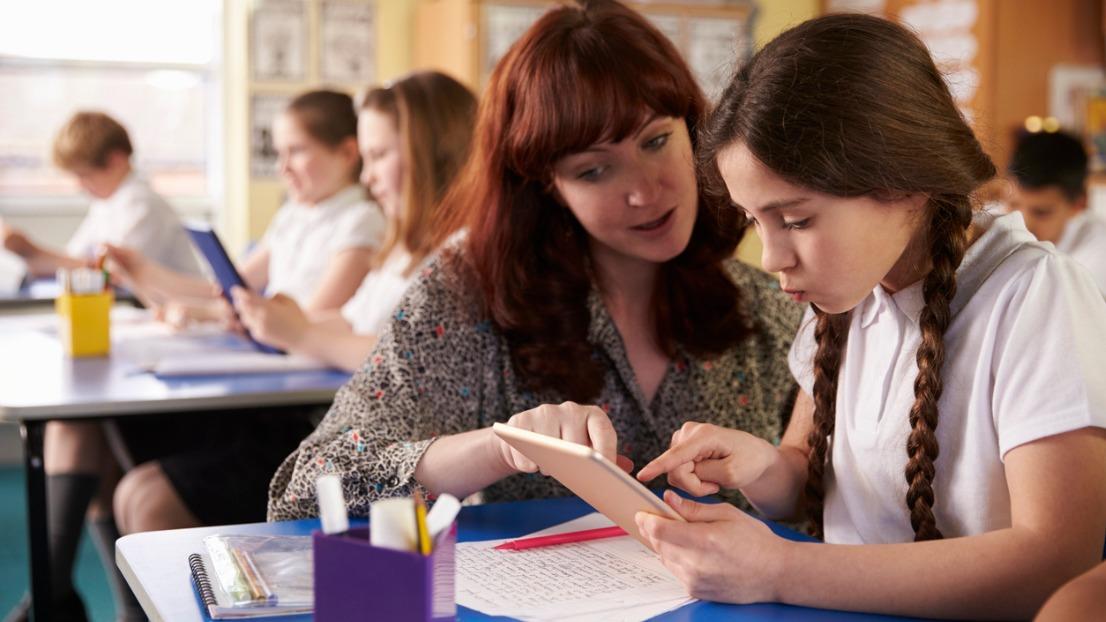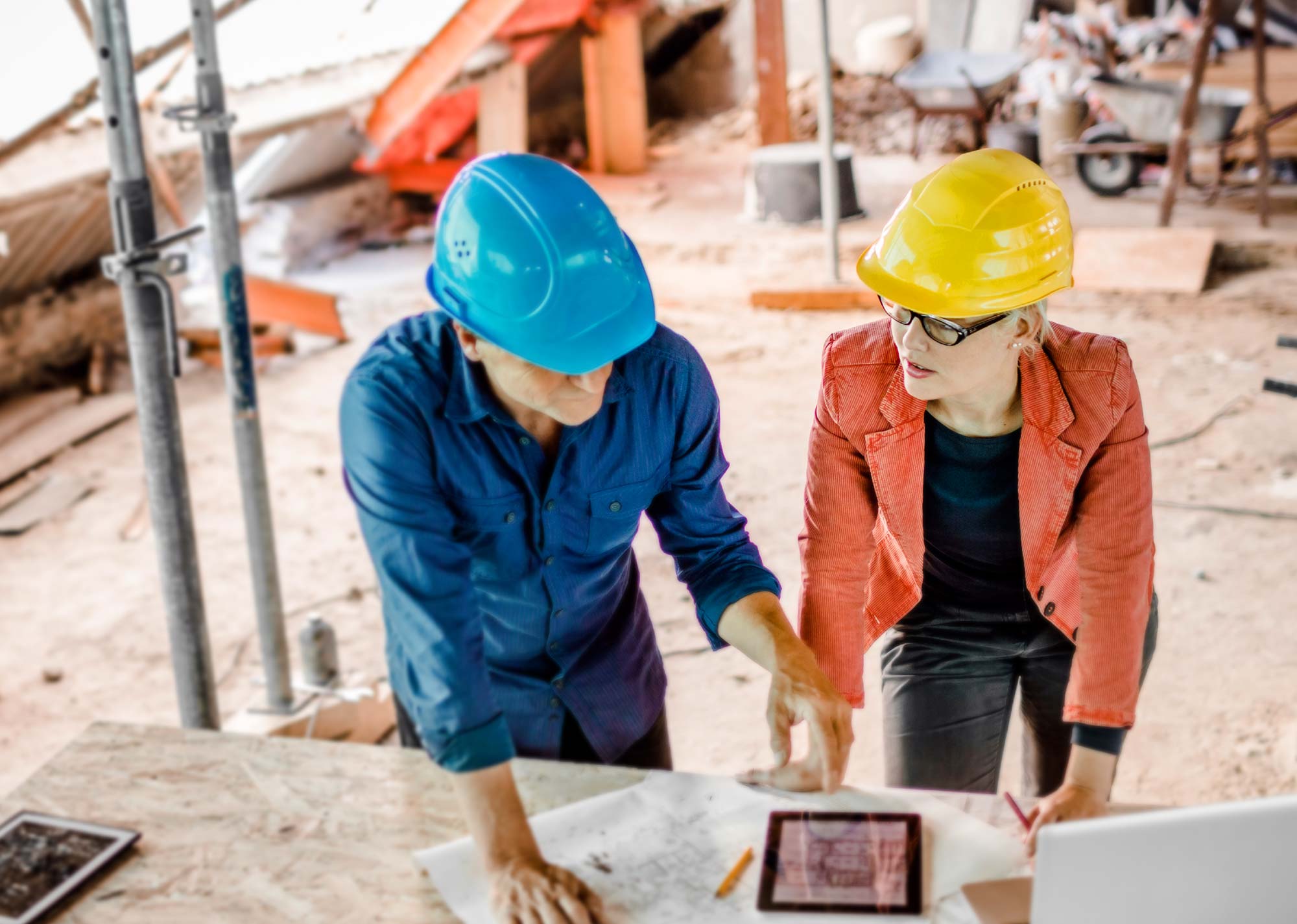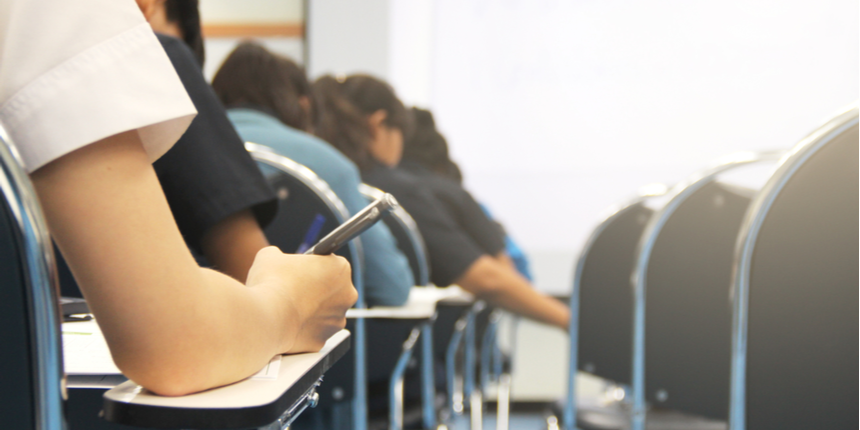There is a tremendous difference that a good principal makes in student achievement. The difference is a direct result of the school culture and the level of expectations that the school staff and administration set for students. It is not enough to set high expectations, it is also essential to set them in a way that is reasonable, clear, and empowering for the students. The key is to create a culture of collaboration that allows each person to make significant decisions about the school’s direction.
Empowering others to make significant decisions
Principals that inspire students have a lot to offer. Although the essential duty of a principal is to administer school operations, he can still positively impact the overall student experience. His leadership skills have a direct effect on the learning experience of students. In addition, he has the power to make a difference in the lives of teachers. As such, it is in the best interest of school districts to empower their principals to maximize their ability to improve student outcomes. Having a clear vision is an obvious first step. But, to be a truly effective leader, you must motivate others to make the necessary changes for your school. The following tips can help you achieve this.
Creating a truly collaborative school culture
Collaborative school cultures accelerate the capacity of faculty to improve instruction. They increase goodwill, reduce cynicism, and encourage teachers to solve problems and accept the consequences. However, more is needed to create a collaborative environment. Developing and maintaining it requires school leaders to commit to a culture of mutual responsibility and respect. A great principal establishes a culture that promotes goal achievement and practical instruction. They foster relationships among teachers, parents, and students. They also develop and share a common vision for the school. To create a collaborative culture, administrators must give teachers time to discuss problems. They can set up regular meetings to discuss new research or teaching technology. They can discuss strategies to support students with reading abilities, and they can celebrate successes.
Identifying and maximizing the competence of others
The interactions between teachers and students are essential to the school climate. In an effective school, the principal creates an environment that allows students to thrive. However, to ensure success, the principal also needs to possess a host of competencies. This includes leadership, communication, and problem-solving. As the head of a school, the principal is responsible for making decisions about curriculum, teaching methods, and staff development. While these responsibilities are vital, the principal should also be willing to take suggestions from teachers and other staff. Effective principals use data to help determine which instructional strategies are the most successful. The principal then uses this information to improve the curriculum or adjust methods to enhance student learning.
Peer observation as a job-embedded professional development tool
Peer observation can be a great way to learn new strategies and see how students respond to different situations. It can also help teachers understand how to work with struggling groups. The best part of peer observation is learning from one another. You may even get the opportunity to use a new strategy in your classroom. However, it is essential to remember that peer observation is not the same as a formal evaluation. Observers need to be courteous and respect the privacy of the teacher being observed. Observers are not experts in the field and should not judge a technique’s merits. Instead, they should use what they see to help the teacher improve.




